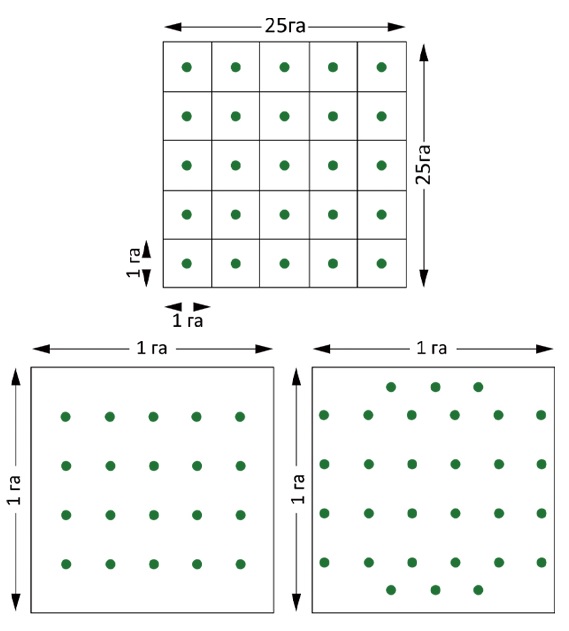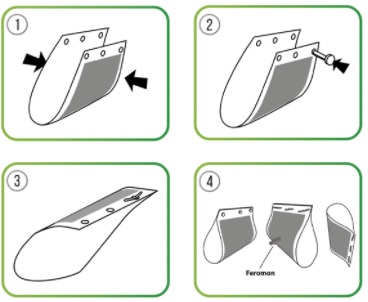Catalogue of traps and pheromones
Download traps and pheromones list

Download document
1.02 mb
One of the most common and dangerous whole grain pests.
It damages whole dry grain of all grain crops, rice, sorghum, buckwheat, corn, except for oilseeds and legumes.

Lesser grain borer females lay up to 580 eggs, one at a time or in groups, on the surface of the grain or other substrate. The average number of eggs laid by one female at a temperature of 25 ° C increases from 47 to 250 pieces with an increase in grain moisture from 8 to 15%. With an increase in temperature from 20 to 32 ° C, the female lays from 160 to 520 eggs on grain with a moisture content of 14%. However, at a temperature of 35 ° C, fecundity of females decreases to 370 eggs. Embryonic development at an air temperature of 32 ° C lasts about 5 days.
Lesser grain borer are able to live under favorable conditions for several months to a year. The grain grinder is highly resistant to high temperatures, so it is difficult to destroy it by heating the grain, for example, during drying.
Under favorable conditions, the grain grinder reproduces without diapause and can give from 2 to 5 generations per year, and in the southern regions 8 - 9.
At the Lesser grain borer, both the beetle and the larva feed intensively. During development, the larva of one generation destroys about 30% of the dry matter of the wheat caryopsis. The beetle can destroy an amount of grain equal to its body weight.
It damages whole dry grain of all grain crops, rice, sorghum, buckwheat, corn, barley, peanut beans, various cereals, as well as crackers.

Proper use of Pheromone Traps:
The pheromone trap is designed to monitor and reduce pest numbers. In order to determine the population density of pest insects and to identify pest outbreaks (monitoring), it is recommended to use 1 trap per 1 ha.
The trap should be placed as near the culture at the middle of the plant. Prior to the first flight of the thrips, the traps must be checked on a daily basis, and after the first thrips have been captured, the traps must be checked every 5-7 days. Pheromone dispensers can be changed after 4-6 weeks and sticky tapes can be replaced when is full with pests and dust. Protective measures are based on the results of the monitoring of population density of pest insects.
Trap placement:
For mass capture and sterilization of males, it is recommended to have more than 20 traps per hectare in opened field. In case of a large number of pest insects use 30 traps per 1 ha in opened field. In greenhouses it is recommended to have more than 15 traps per hectare. In case of a large number of pest insects use 20 traps per 1 ha.


Download traps and pheromones list

1.02 mb
Review our catalogue of pheromons and semiochemicals by chemical name

525.1 kb